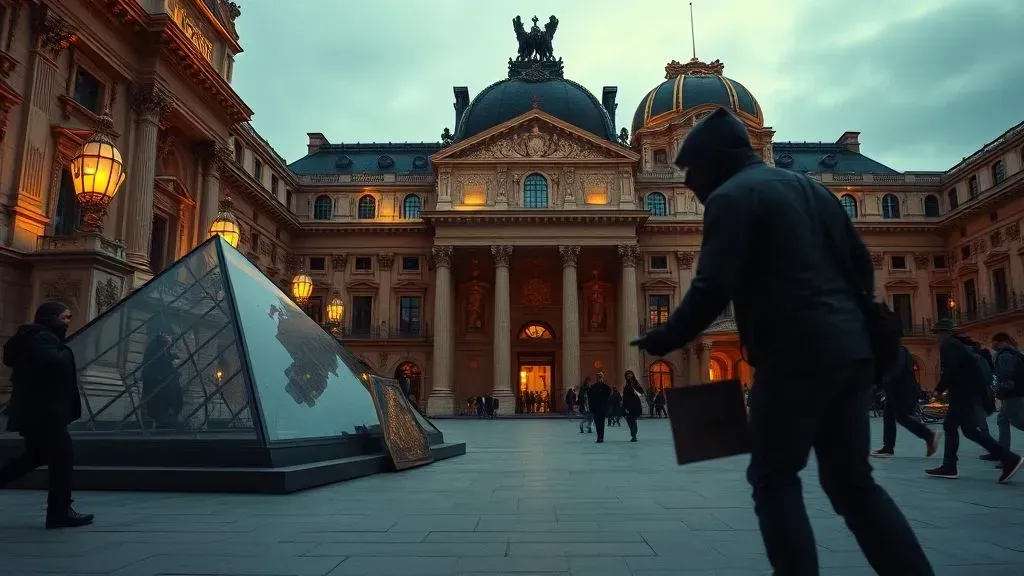
The Louvre Museum attracts over 10 million visitors each year, making it a prime target for high-profile crimes.
On October 19, 2025, thieves struck in broad daylight, forcing the iconic Paris landmark to close.
This event echoes historic thefts but highlights modern security gaps.
The Daring Heist Unfolded
Criminals used a cherry picker from a nearby construction site to access an upstairs window.
They smashed through glass and entered the Galerie d'Apollon around 9:30 a.m.
Stolen Items and Tactics
The gang targeted nine pieces of Napoleon and Empress Josephine's jewelry collection.
According to France's Interior Minister, these items hold inestimable sentimental value and are priceless.
Thieves employed power tools like angle grinders to break display cases swiftly.
They fled on motorcycles, discarding a damaged crown belonging to Napoleon III's wife nearby.
Security and Investigation Updates
Police launched a hunt for at least three suspects, with no arrests reported yet.
The museum's closure allowed forensic teams to gather evidence without disruption.
Historical Context
This marks the first major Louvre robbery in over a century, since the 1911 Mona Lisa theft.
Past incidents, like a 1976 sword heist, underscore ongoing vulnerabilities in cultural sites.
French opposition leader Jordan Bardella called the incident a sign of state decay, per recent statements.
Authorities investigate links to organized crime networks.
Impact on the Art market
Art thefts often drive up insurance premiums and valuations for similar pieces.
Stolen goods rarely resurface legally, instead fueling a shadowy black market estimated at billions annually.
Black market Dynamics
Experts note that priceless artifacts like these jewels enter illicit trade channels quickly.
One report suggests recovery rates for stolen art hover below 10 percent, with many items destroyed or altered.
Such heists disrupt auction trends and collector confidence in high-value markets.
Museums worldwide may tighten protocols, affecting operational costs.
Crypto market Reactions
News of the robbery triggered rapid responses in cryptocurrency circles.
Traders launched meme coins tied to the event, capitalizing on viral attention.
Emerging Tokens and Volatility
A Solana-based token dubbed $Louvre surged in trading volume shortly after the heist.
market observers warn of rug pull risks, where developers abandon projects after initial hype.
This Forbes post highlights key facts, drawing thousands of views.
Volatility in these niche markets reflects broader trends in event-driven crypto speculation.
Another high-engagement tweet details the seven-minute operation, including visuals.
Investors monitor such tokens for quick gains amid news cycles.
Broader Implications
The incident raises questions about cultural heritage protection in urban settings.
Analysts predict short-term dips in tourism-related stocks, with recovery tied to swift resolutions.
Lessons for Stakeholders
Institutions must integrate advanced tech like AI surveillance to deter future threats.
Collectors in the art market should verify provenance rigorously to avoid black market pitfalls.
Crypto enthusiasts benefit from understanding how real-world events influence digital asset trends.
This ensures informed participation in volatile markets.
The Louvre robbery underscores vulnerabilities in global cultural and financial ecosystems.
It prompts stakeholders to enhance safeguards, ensuring market stability and heritage preservation.



